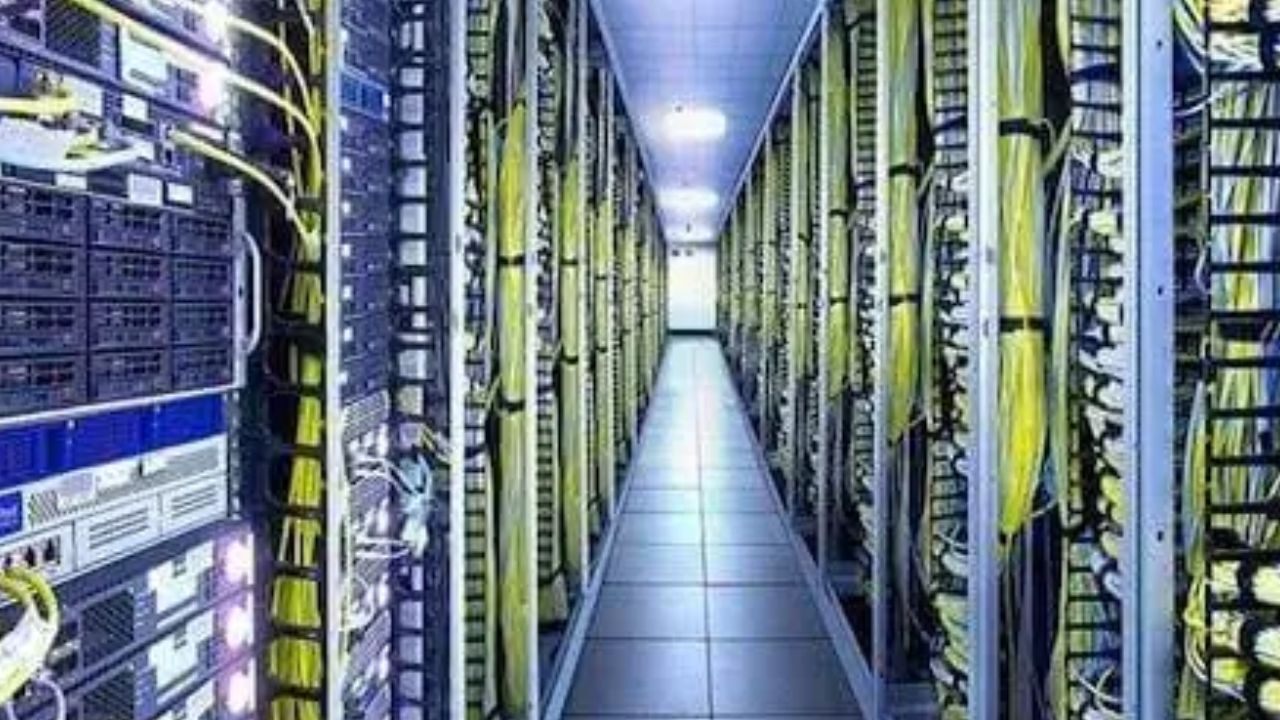Due to its delicate components and intricate design, air-blown fiber cables pose a number of maintenance and repair issues. A major obstacle to inspections and repairs is getting to cables located in difficult-to-reach places like aerial setups or subterranean conduits. Because these cables are made of tiny glass fibers, they are fragile and must be handled carefully to prevent damage. As a result, maintenance and repair are laborious and delicate tasks. Repairing fiber optic products supplier requires specialized tools and knowledge, which makes the operation more difficult.
Maintenance operations are further complicated by environmental conditions such as exposure to dampness, temperature variations, and chemical dangers. Finding errors or damage in the tiny strands is time-consuming and frequently necessitates significant troubleshooting. Time-consuming repair jobs have the potential to disrupt networks and result in significant expenses.
Challenges Lie In Maintaining And Repairing Air-blown Fiber Cables
The delicate design of air-blown fiber cables presents unique obstacles for maintenance and repair. These cables need specific care and maintenance even though they are made for long-term use and effective data transfer. This is a comprehensive analysis of the difficulties involved in maintaining and repairing air-blown fiber cables:
Location and Accessibility
The accessibility of the wires is a major maintenance and repair concern. Installing air-blown fiber cables is common in difficult-to-reach areas like aerial setups or subterranean conduits. It might take a lot of time and work to access these regions for inspection or repair, particularly when working with large networks.
Microscopic Fragility and Scale
Tiny glass fibers in tiny sizes make up air-blown fiber cables. Their brittleness makes upkeep and repair difficult. To prevent harming the fibers, which could interfere with data transmission, technicians handling these cables need to use considerable caution.
Specialized Equipment and Knowledge
Air-blown fiber cables require certain equipment and knowledge to maintain and repair. To handle delicate fibers, connectors, and splices, technicians require specialized gear and training in fiber optics. Because of the cables’ complexity, accurate diagnosis and repair require a greater level of knowledge.
External Elements
The state of the environment has a big influence on maintenance and repair. Technicians are exposed to variables like dampness, temperature swings, and chemical exposure when working outside or underground, which complicates repairs and may compromise cable integrity.
Determining Damage and Faults
Since air-blown fiber cables can have damage in the connections or cable structure in addition to their minuscule size, it can be difficult to identify flaws or damage in them. Accurately identifying and diagnosing errors might take a lot of time and careful attention to detail.
Budget and Time Restraints
It can take a while to repair air-blown fiber cables, and network outages might affect the continuity of services. Repairs can be expensive, particularly if specialized equipment or knowledge is needed, which raises the total cost of operation.
Adapting to Technology and Future-Proofing
Air-blown fiber networks must be future-proofed as technology develops. It might be difficult to update or repair older installations to stay up to date with technology advancements. Planning carefully and acquiring more knowledge are necessary to ensure compatibility with new technology.
Protecting and Sealing
In order to keep moisture out of the space and safeguard the fibers, seals and protective layers are essential. These safeguards may eventually wear down, posing a risk of damage that requires immediate repair in order to preserve cable integrity.
Collaboration and Coordination
Network operators, technicians, and possibly outside contractors may need to coordinate the maintenance and repair of air-blown fiber cables. For repair and maintenance procedures to be completed effectively, cooperation and effective communication are essential.
Training and Preventive Maintenance
It is essential to put in place a systematic preventative maintenance strategy and to regularly train specialists. Keeping technicians up to date on the newest technology and repair techniques improves their abilities and productivity when performing maintenance duties.
Conclusion
The upkeep and restoration of air-blown fiber cables are vital but difficult undertakings because of their fragility, specific needs, and surrounding conditions. The effective maintenance and repair of these complex network systems necessitates a comprehensive strategy that incorporates experience, specialized tools, environmental considerations, and continual training.
